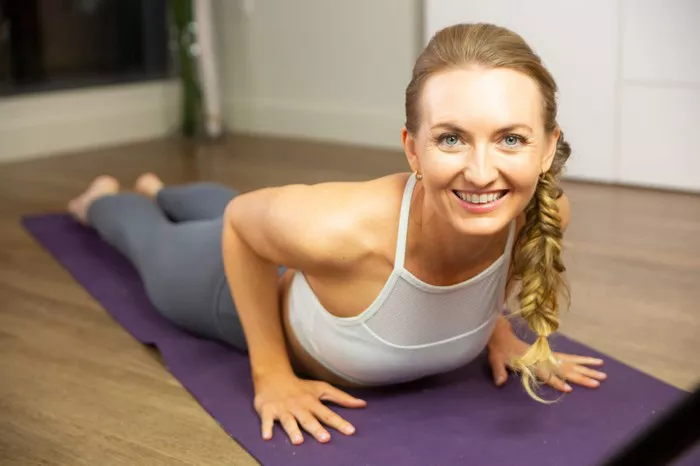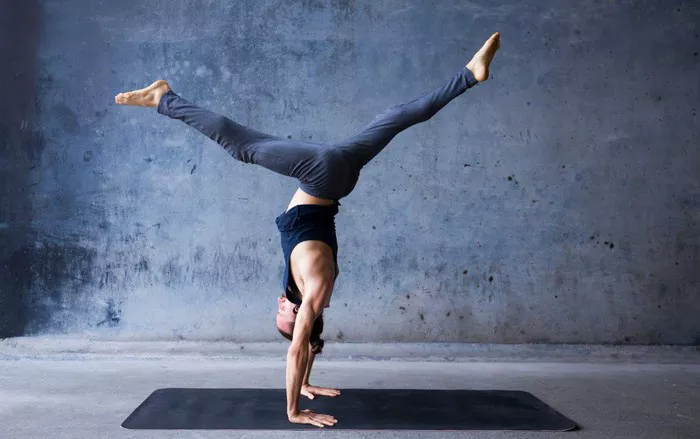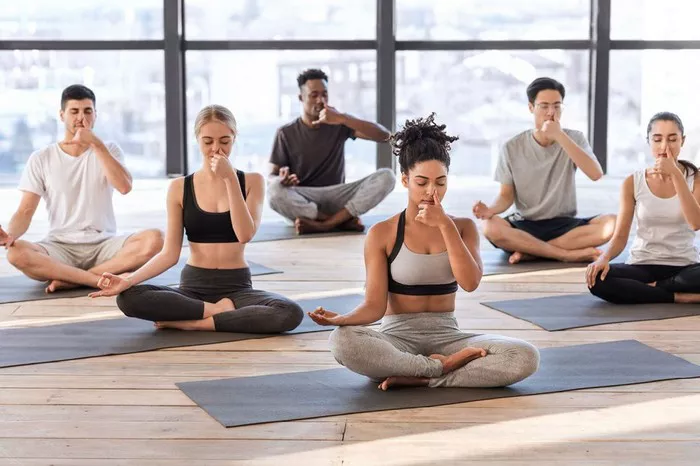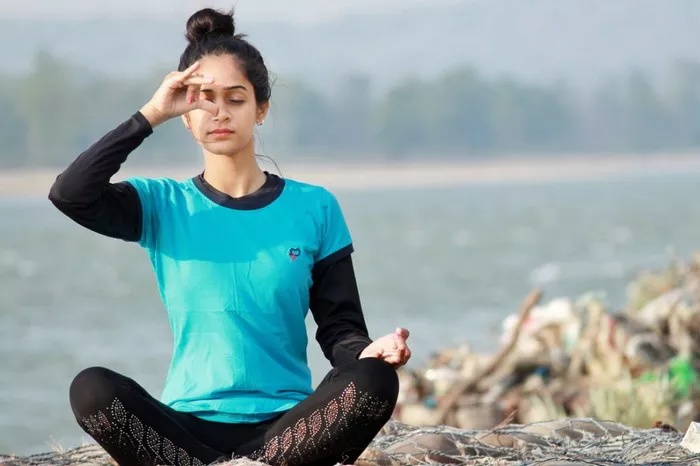Yoga sandals have gained popularity in recent years as footwear designed to complement the yoga lifestyle. They are often lightweight, flexible, and constructed with natural or breathable materials, intended to provide comfort and ease for practitioners during casual wear or travel between yoga sessions. But a question many yoga enthusiasts and foot health experts ask is: Are yoga sandals actually good for your feet? To answer this comprehensively, we need to delve into the nature of yoga sandals, their benefits, potential drawbacks, and how they compare to other footwear options from both a physiological and practical standpoint.
The Anatomy of Yoga Sandals
Yoga sandals are distinct from conventional sandals or flip-flops in their design philosophy. Typically, they aim to support the foot’s natural movements, promote balance, and enhance sensory feedback from the ground—similar in concept to barefoot or minimalist shoes. Common features include:
- Thin, flexible soles to allow close contact with the surface
- Straps made from soft, natural fibers such as cotton, hemp, or vegan leather
- Minimal arch support, encouraging natural foot mechanics
- Lightweight construction facilitating freedom of movement
Some brands integrate a toe loop or multiple straps to help maintain foot stability without restricting motion, reflecting the importance of balance and alignment in yoga practice.
How Do Yoga Sandals Affect Foot Health?
Encouraging Natural Foot Mechanics
One of the most significant benefits touted by yoga sandal advocates is their role in encouraging natural foot mechanics. The foot is a complex structure composed of 26 bones, 33 joints, and over 100 muscles, tendons, and ligaments. When confined to stiff, heavily cushioned shoes, the foot’s natural flexibility and sensory function may diminish. Yoga sandals, with their minimalistic design, allow toes to spread naturally and enable the foot’s arches to engage during walking, potentially strengthening foot muscles over time.
Sensory Feedback and Balance
A fundamental element of yoga is the connection between mind and body, often enhanced by sensory awareness. Wearing yoga sandals can improve proprioception—the body’s ability to perceive its position in space—by allowing more direct contact with the ground. This can enhance balance and stability, reducing the risk of falls or injuries during walking or standing.
Breathability and Hygiene
Yoga sandals are often crafted from breathable materials that allow airflow around the feet, reducing moisture buildup and the risk of fungal infections. For practitioners moving between yoga studios or walking barefoot on varied surfaces, this breathability can contribute to overall foot hygiene.
Potential Drawbacks and Considerations
While yoga sandals have several appealing features, they may not be universally beneficial for everyone’s feet.
Limited Arch Support
Many yoga sandals offer minimal to no arch support. For individuals with flat feet, plantar fasciitis, or other structural foot conditions, this lack of support can exacerbate discomfort or lead to further complications. It is crucial to assess your foot type and needs before committing to minimalist footwear.
Durability and Protection
Due to their thin soles, yoga sandals may provide insufficient protection on rough or uneven terrain. This can expose feet to cuts, bruises, or discomfort during outdoor use. Their delicate materials may also wear out faster than traditional sandals, potentially leading to less long-term value.
Not Suitable for All Activities
Yoga sandals are best suited for light walking, casual wear, or as indoor footwear between yoga sessions. They are not designed for strenuous activities such as hiking, running, or sports, where more structured and supportive footwear is necessary.
Comparing Yoga Sandals to Other Footwear Options
Yoga Sandals vs. Barefoot
Going completely barefoot provides the ultimate freedom for foot movement and sensory input but may expose feet to injury or unsanitary conditions. Yoga sandals offer a compromise by protecting the soles while maintaining much of the barefoot experience.
Yoga Sandals vs. Conventional Sandals
Conventional sandals often have thicker soles, rigid footbeds, and synthetic straps. While they may offer more arch support and durability, they can limit foot flexibility and reduce sensory feedback compared to yoga sandals.
Yoga Sandals vs. Minimalist Shoes
Minimalist shoes and yoga sandals share the philosophy of promoting natural foot function but minimalist shoes usually provide more comprehensive protection and structural integrity, including a snug fit and reinforced soles, which yoga sandals lack.
Expert Recommendations for Using Yoga Sandals
For those interested in incorporating yoga sandals into their lifestyle, experts recommend the following:
- Start Gradually: Transition slowly from traditional footwear to yoga sandals to allow foot muscles to strengthen without strain.
- Assess Foot Health: Consult a podiatrist or foot specialist if you have existing foot issues to ensure yoga sandals are appropriate.
- Use Appropriately: Wear yoga sandals primarily in safe, flat environments and avoid them during high-impact activities.
- Pair with Foot Exercises: Combine wearing yoga sandals with foot strengthening and stretching exercises common in yoga practice to maximize benefits.
- Maintain Hygiene: Keep sandals clean and dry to prevent infections, especially when used in shared spaces like yoga studios.
Conclusion
Yoga sandals offer a unique blend of natural foot movement, breathability, and sensory engagement, making them a good choice for many people seeking comfortable, minimalist footwear aligned with the yoga lifestyle. They can enhance foot strength and proprioception when used appropriately and thoughtfully. However, they are not a one-size-fits-all solution. People with specific foot conditions or those requiring more support may need to be cautious or opt for alternatives.
Ultimately, the key is understanding your own feet and lifestyle demands. When chosen wisely and worn mindfully, yoga sandals can be a beneficial addition to your footwear rotation, promoting healthier feet and a closer connection to the grounded principles yoga embodies.
Related Topics:

















